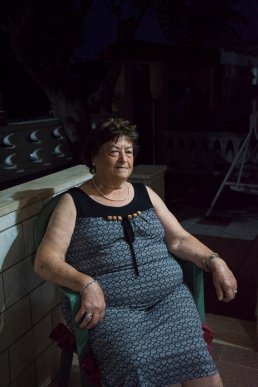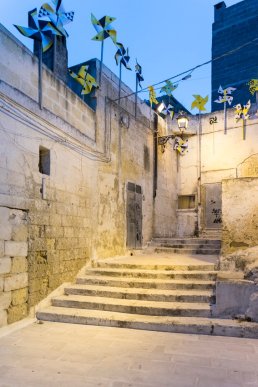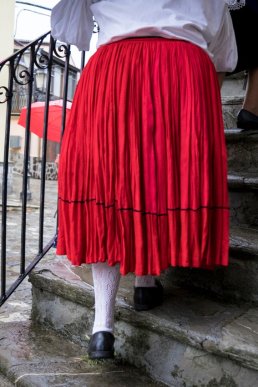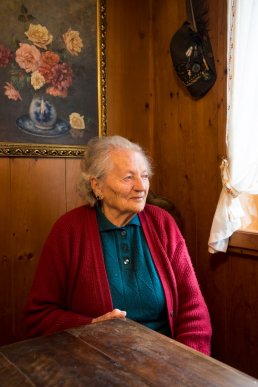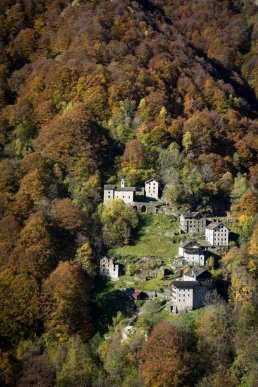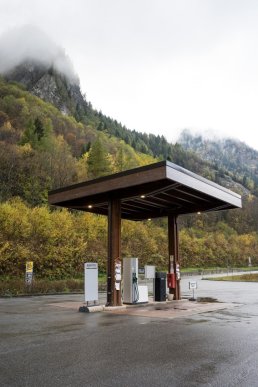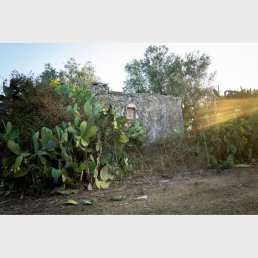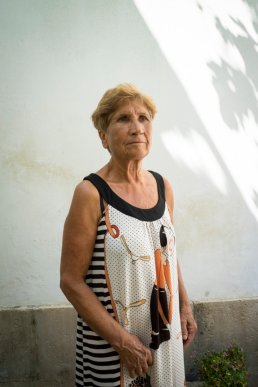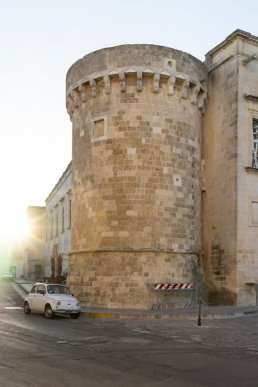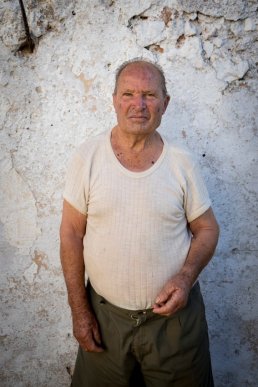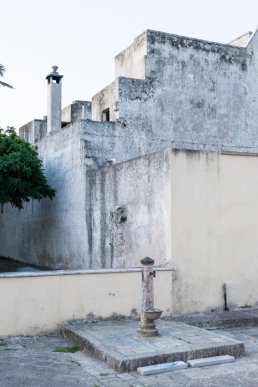NEAR TO DISAPPEAR
Whatever one might think about the idea of Italian identity, one must take into account the fact that in our country there were and there are still populations that belong to independent groups from the cultural and linguistic point of view and that cannot be defined as “Italians” and they never shall be. Many of these people inhabited these lands well before the language and the State itself were even born and their traditions and cultures have survived for centuries until today turning into phenomenal but precarious exceptions in a world more and more consistent and globalized.
The first great attempt of “Italianisation” of the country dates back to the years of the Fascist regime that is to say a period of repression towards minority groups both in cultural and linguistic terms. This has provoked a deep fracture between a “before” – when the language and the original traditions were the accepted background of the community life – and an “after” in which all that seemed “poor” and limited, deserving removal and oblivion.
In 1948 the Constitution, in compliance with the fundamental principles and values of freedom and equality, accepted a specific rule of art. 6 where the protection of minorities was foreseen also intended as ethnic and cultural minorities.
Unfortunately this rule has not been applied for a long time. After so many years of lack of protection, the existence of these minority groups is at their very limit and, the traditional multilingualism which characterised them namely, a sign of a long, culturally rich and civil history, is at risk of disappearing.
With this work I wanted to provide evidence about 5 current linguistic minority groups in Italy. This is an expression of situations, latitudes and historical processes very different from one another but that directly concern our country. These might represent a key to interpret the reality of our time, in which the phenomena of immigration and the presence of ethnic-linguistic minorities are destined to integrate.
ClientPersonal researchLink--

